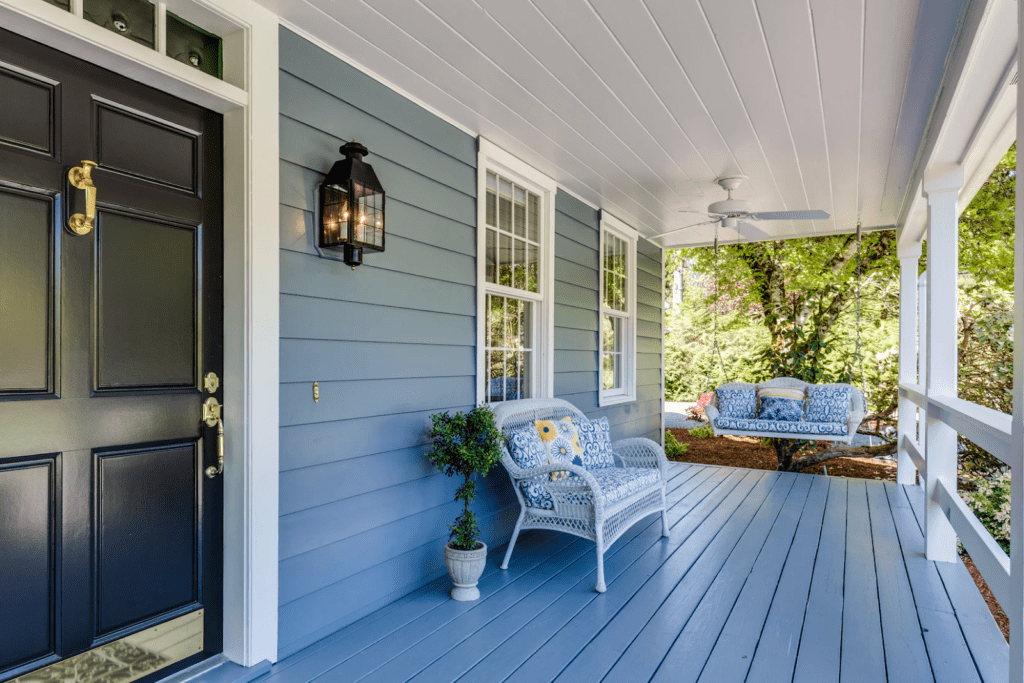Given the year that 2020 was, many industries and workplaces are permanently altering the way they do business. In most cases, these changes, though brought on by strife, are positive and greatly improving customer experience and ease of access, employee health and wellness, and company profits. Real estate is no exception.
The rate of homes being bought sight unseen is skyrocketing, and the real estate industry is quickly pivoting to allow for virtual tours, detailed property videography, and photography, and remote negotiations and purchases. The following will explore one avenue of this new development in detail: real estate videography.
Find A Real Estate Photographer And/Or Videographer
First and foremost, videography and cinematography are skills that require repeated practice over a long period of time for mastery. If you are not experienced with videography, it’s best to leave this part of the job to the professionals for real estate virtual tour. They can give potential buyers a realistic view of a property and provide them with a more efficient way to view and assess a property. Most videographers and photographers have a day rate for shooting and an edits rate, though prices may vary.
When hiring a real estate videographer, you’re going to want to ask for a gear list (the camera equipment they have or will be renting for the shoot) and do a little research on it to make sure you’re not getting smartphone videos but a high-quality picture with a solid amount of pixels in each frame.
Capture Everything
When having images and video captured of your property (or capturing it yourself if you happen to be a photographer or videographer), you want to focus on covering all your angles. This means getting shots of everything you possibly can. Be sure to emphasize any features that are popular among home buyers today, but make sure you’re getting everything else, too—even the things you consider gross or ugly.
Cover All Your Angles
You’re also going to want to get all your angles covered; wides, mediums, and close-ups of important details. Take some time to figure out drone licensing and have a look for the best drone for real estate images you can get your hands on. It is crucial that you don’t leave anything out because it is possible someone will decide to book a showing (or purchase the house) based on the images you capture. Dishonesty in this form always reveals itself in the end when it comes to real estate and can work against your business, losing you and your clients’ money as everyone involved is let down upon seeing the home.
Don’t Colour Correct
While the topic of honesty is on your mind, one of the most crucial differences between real estate photography and videography is the general consensus that color correction is inappropriate. People need to see the property as it actually is, the paint colors as they are, the wood tones as they are, not with the blacks pumped up and the clarity increased and a soft glowy hue coating everything from post-production.
Use Natural Lighting
One of the ways to offset not being able to color correct is to be very cognizant of the lighting. You will likely get shots with all the lights on, and that’s wonderful, and you probably will include those, but you should also turn all the lights off and open all the blinds or curtains (this only works if you’re shooting in the daytime; as a side note, don’t shoot real estate at night). This will ensure that throughout the entire home, the lighting matches when you share the video or photographs, and often, natural lighting is gorgeous. Of course, this tip doesn’t really work for basements or attics, or other darkened spaces but will give you a ton of staple footage to work with.

Movement
If video is part of the process for you, you’re going to want to use a slider, glidecam, or another balancing tool and capture the space while you’re in motion. Walk through the front door to help people feel what it is like to enter the home. Spin slowly while in the corner of a room to get a panoramic view of the space (but keep it very slow as some people get motion sick when they watch videos that have too much spin in them). The idea here is to recreate the actual feeling of walking through the home and exploring it.
The above tips should help you capture the essence of a home through photography or videography while also giving potential buyers the information they need to help them make a decision about further inquiry. It is a great idea to be working with awareness of the person or team who will be doing the write-up for the property so that you can be sure all features they are playing up in their copywriting and posting are being highlighted by your photos and videos.






